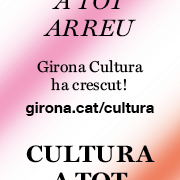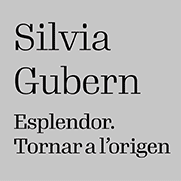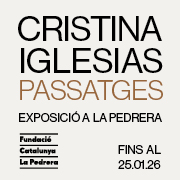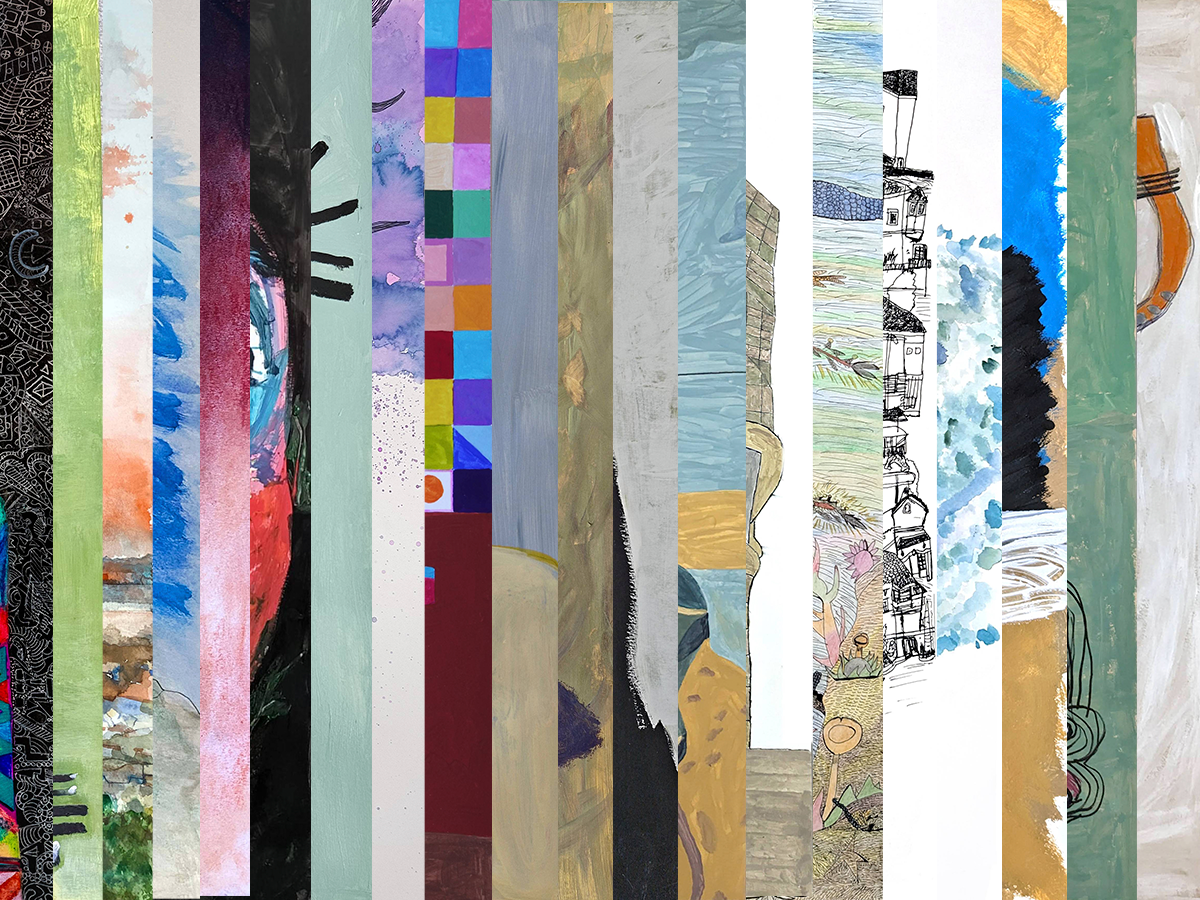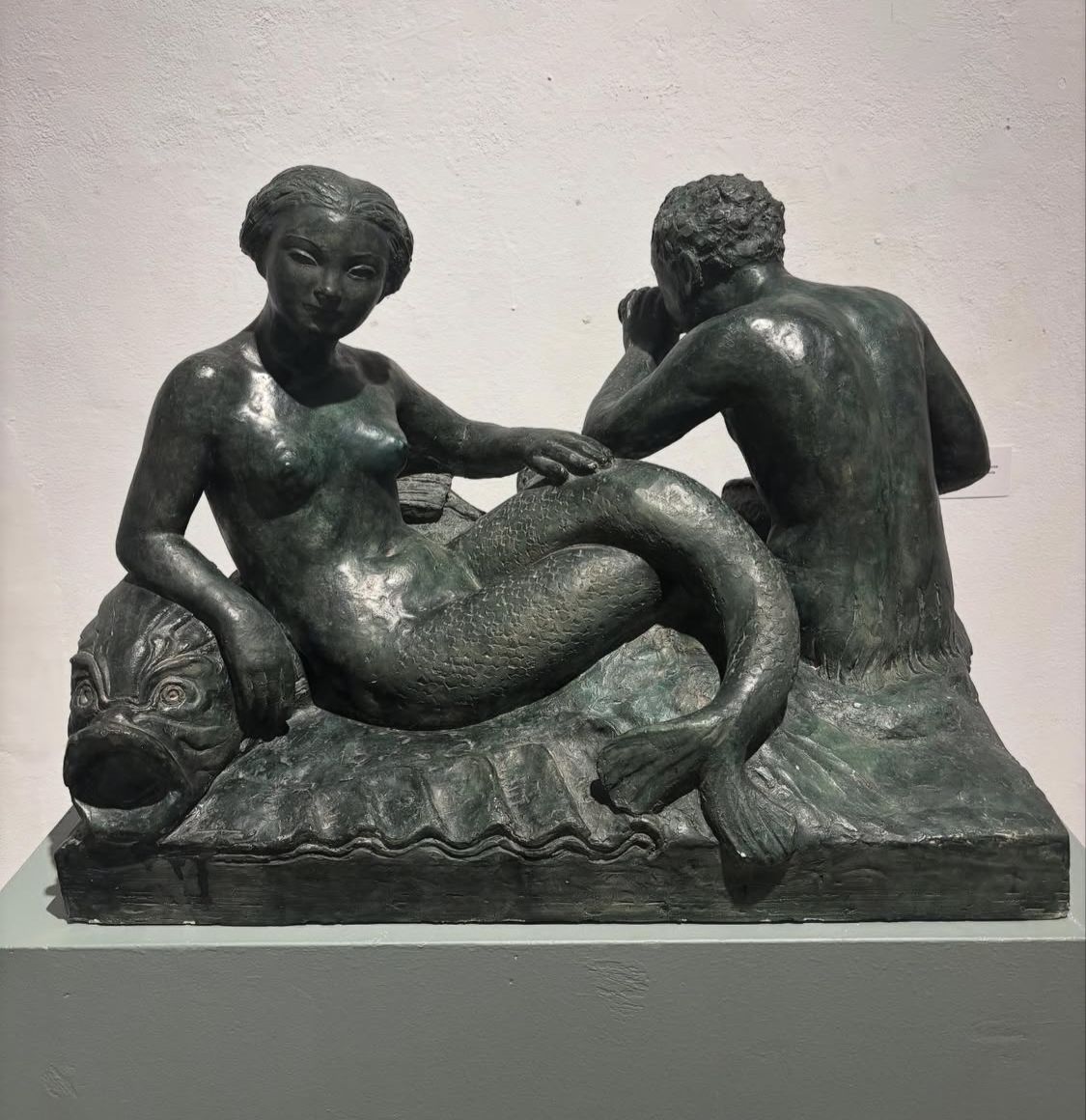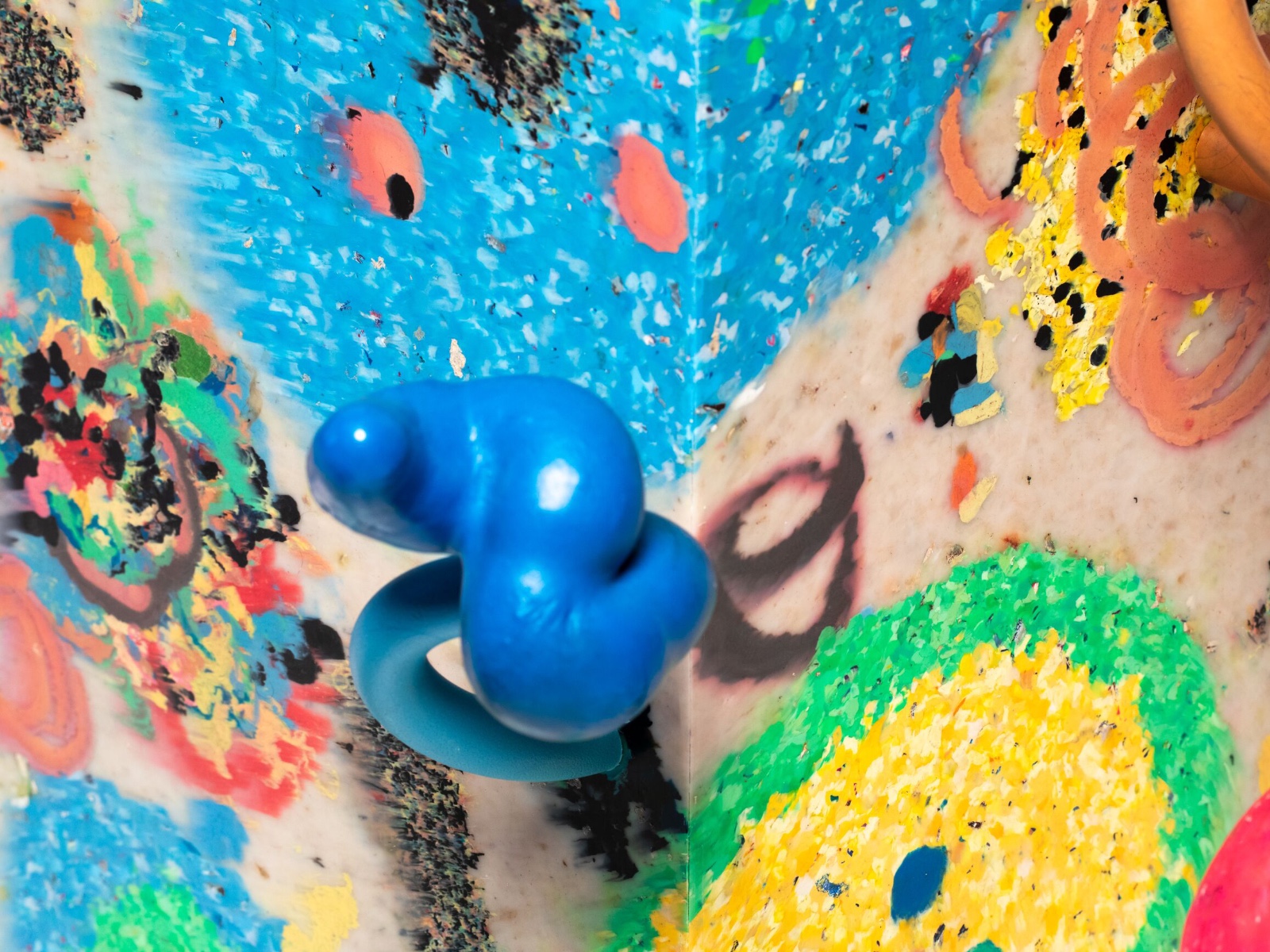Exhibitions
Bodies, symbols and memory in Prats Nogueras Blanchard
Two shows that explore resistance from ritual, imagination and criticism.
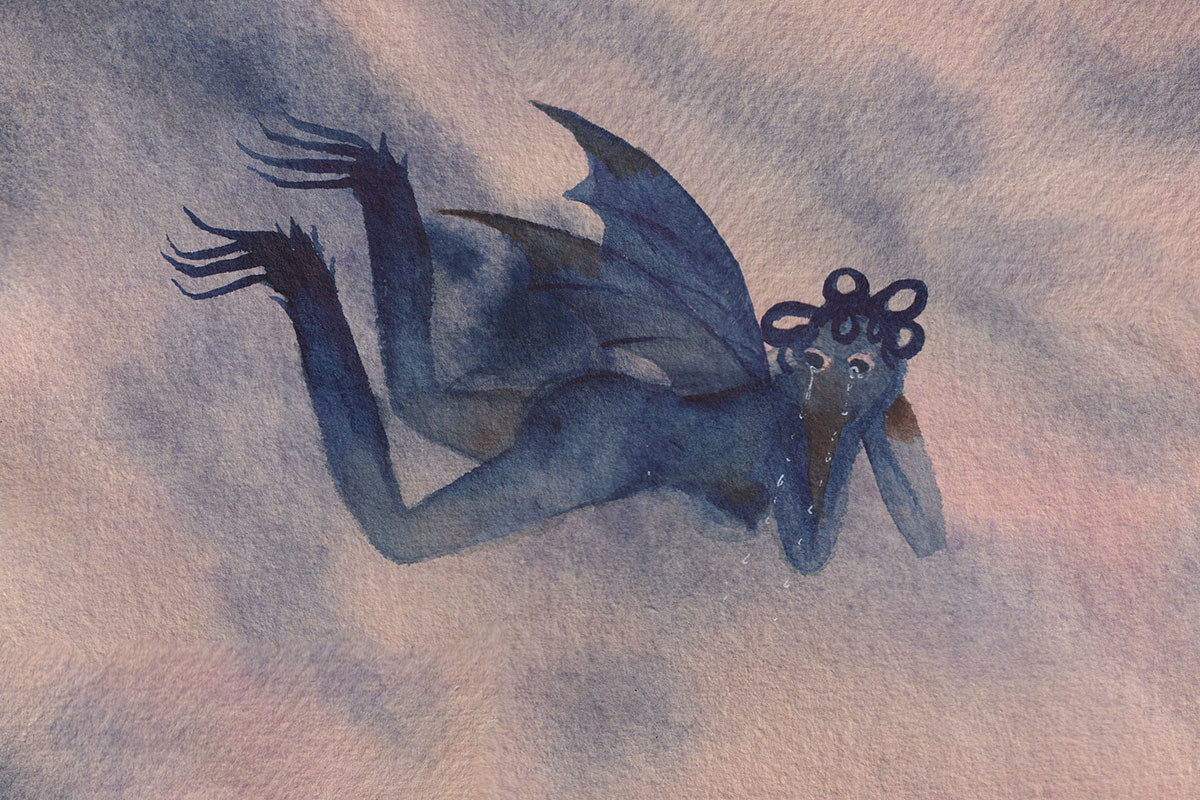
Starting tomorrow, Prats Nogueras Blanchard will host two exhibitions that address issues such as the body, memory, symbolism and resistance from very particular creative perspectives. Two exhibitions that dialogue from different places, with distinct voices and ways of doing things that open up spaces for imagination and criticism.
There is a timbre of voice is a collective exhibition that brings together the works of Belkis Ayón , Chioma Ebinama , Susy Gómez , Nancy Spero and Cecilia Vicuña . The title, taken from a verse by Audre Lorde, marks the orientation of a proposal that revolves around stories and experiences articulated from a feminine perspective. The exhibition configures a space where the spiritual, the bodily and the political meet, and where the artists present visual languages that question existing power structures. Through their practices, they propose alternative ways of looking at and inhabiting the world, in an exercise in critical rereading of the present, inviting us to rethink ideas of authority and belonging from a perspective rooted in ritual, nourished by memory and lived experience.
Belkis Ayón, for example, works from the myth of the Abakuá, a secret male society of Afro-Cuban origin. Her monochrome collages have a silent, ancestral and deeply political force that reimagines and recovers symbols from an intimate and radical position. Chioma Ebinama , for her part, works from another type of ritual. Her watercolors, despite having a light and vaporous appearance, contain a strong emotional and symbolic charge. In them, the body is diluted until it becomes a spirit, revealing interior landscapes populated by personal and imaginary myths of its own. Cecilia Vicuña presents an audiovisual piece that connects the voice with the territory and memory. Paracas is almost a ceremony where the images take on a character of denunciation but also of memories and memory. Susy Gómez , for her part, understands art as a process of inner transformation. Her works seek that place between the personal and the collective, where individual change can become a driver of action and shared care. And Nancy Spero presents with a large-format piece, a monumental polyptych of seven panels, which unfolds a visual critique with fragmented figures that speak with their own strength.
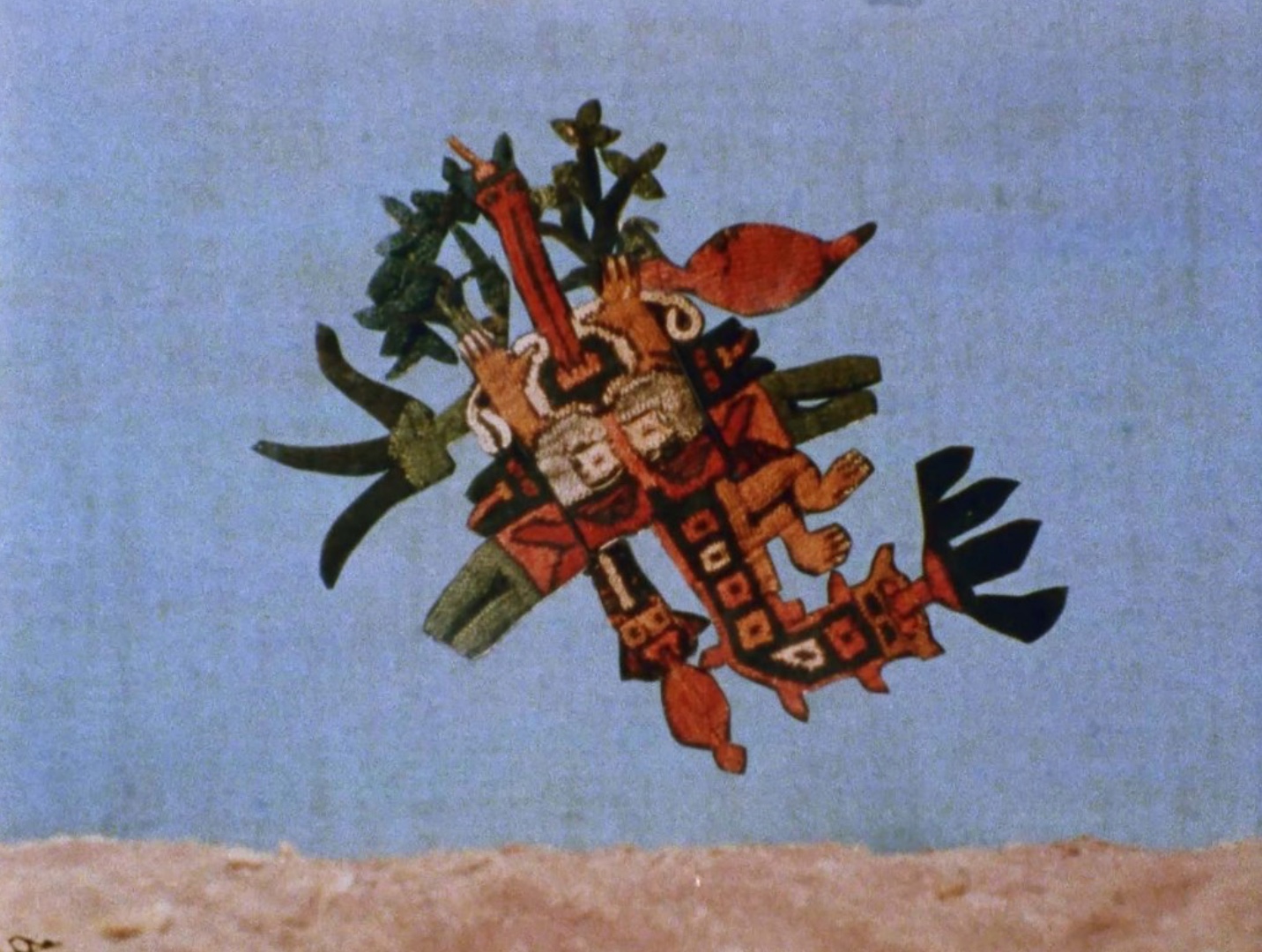 Fotograma de 'Paracas', Cecília Vicuña (1983)
Fotograma de 'Paracas', Cecília Vicuña (1983)
A few meters away, in the same gallery space, but with a completely different character, we find Mala hierba nunca muere, a solo exhibition by Blanca Gracia, a Madrid artist who proposes an imaginary herbarium composed of watercolors and sculptures. Based on a very free revision of 17th century scientific drawings, Gracia creates organic and strange forms that question the way we name and order what surrounds us.
The exhibition recovers words that have been used historically to classify bodies or identities as marginal or inappropriate and recontextualizes them as sources of resistance. Her herbs, with sometimes fragile, sometimes grotesque appearances, are a visual metaphor for persistence, for that which, despite being uprooted, sprouts again. Gracia's work gives rise to scenes populated by hybrid beings and landscapes that seem to come from another dimension. It is a world full of references to myths, medieval bestiaries and popular stories, but always from a gaze that interrogates, that seeks other ways of seeing what often remains on the margins. Her pieces, halfway between the playful and the strange, function as small visual fables that question the structures of classification, identity and normality.
Two exhibitions, then, that share an interest in the symbolic and transformative, but that approach it from very different languages. Both There is a timbre of voice and Mala hierba nunca muere open windows to imagine other realities, more open, more diverse and, above all, more sensitive to alternative forms of resistance and creation.
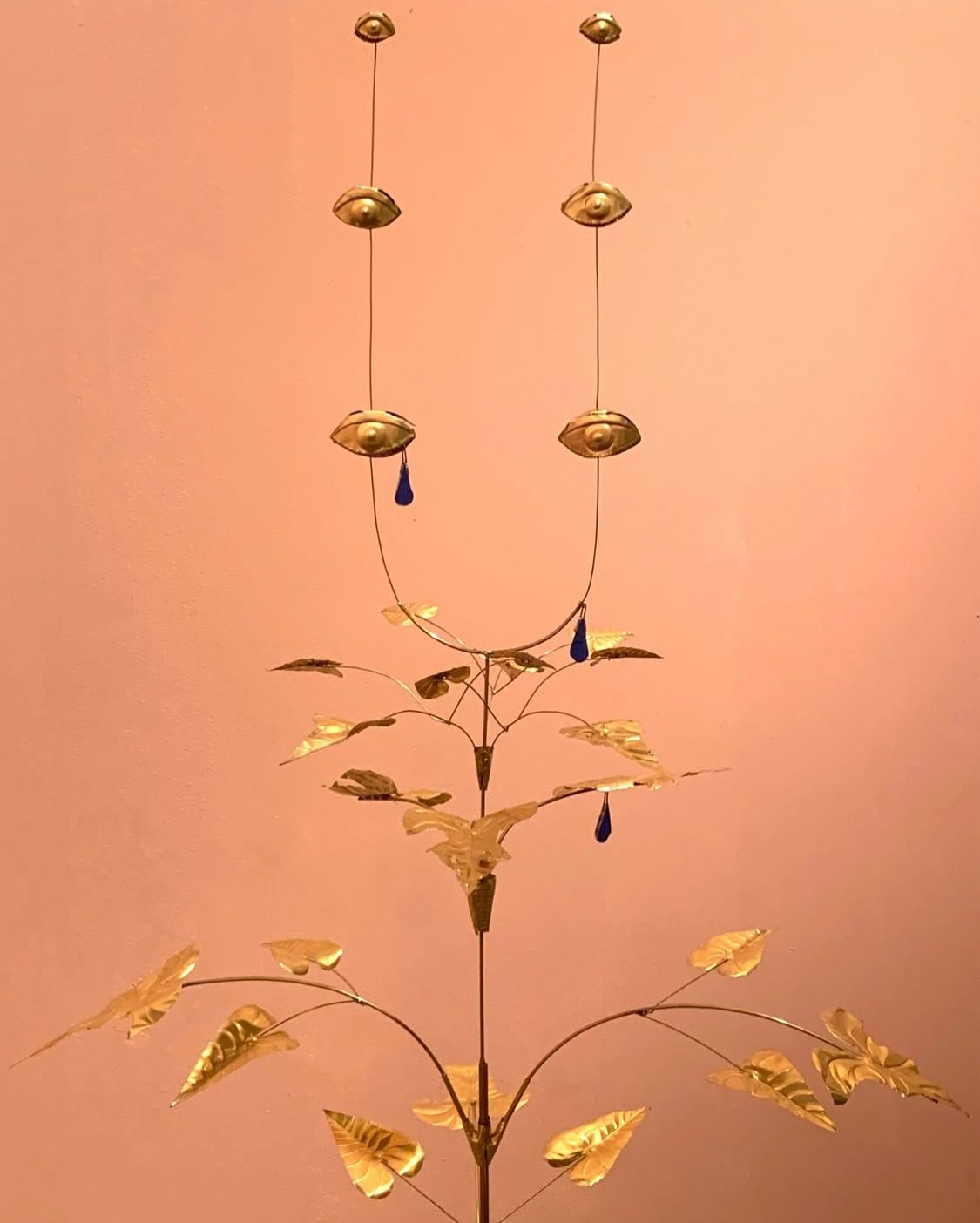 Boquiola, la planta que todo lo ve, Blanca Gracia (2023)
Boquiola, la planta que todo lo ve, Blanca Gracia (2023)


